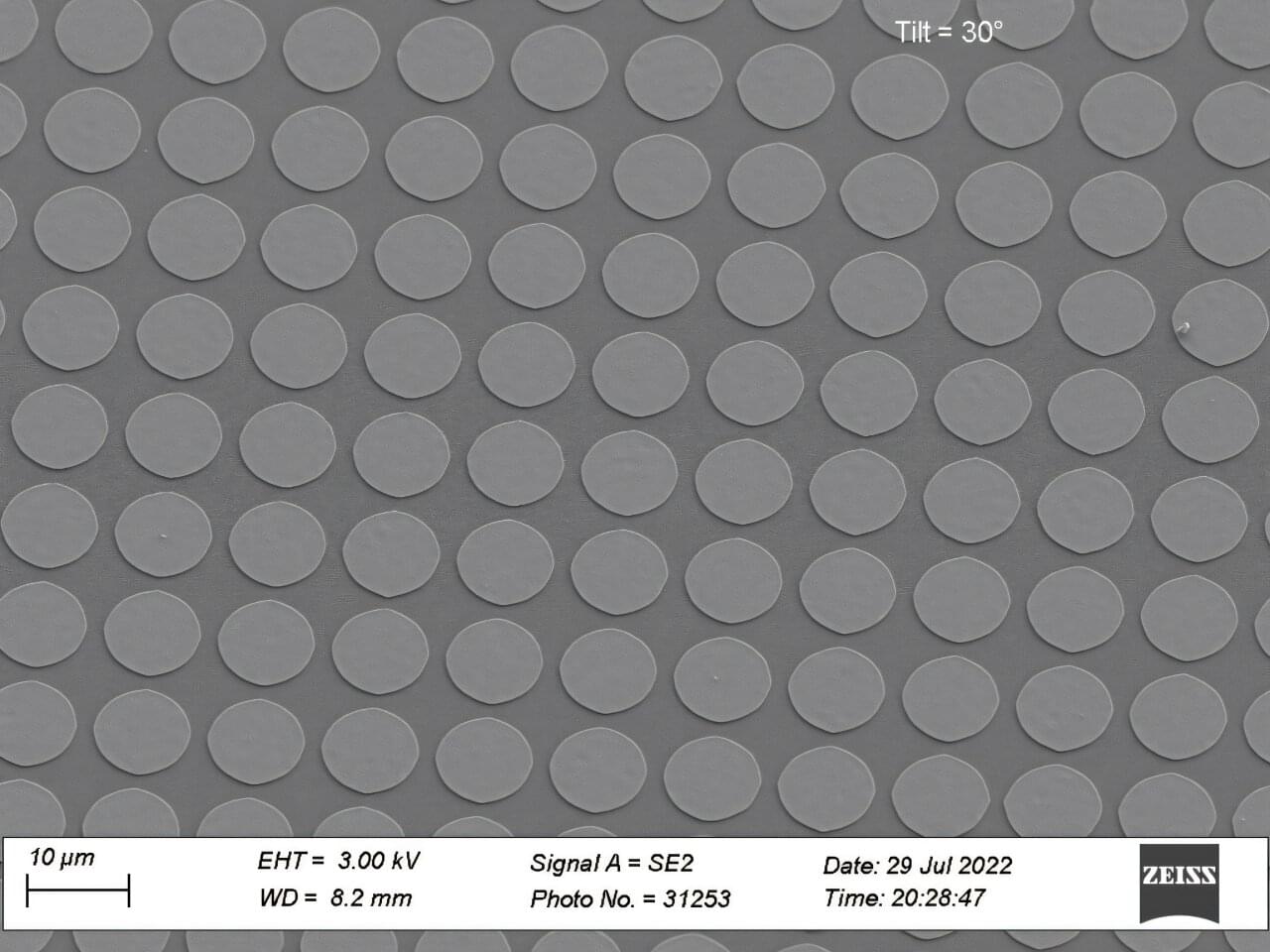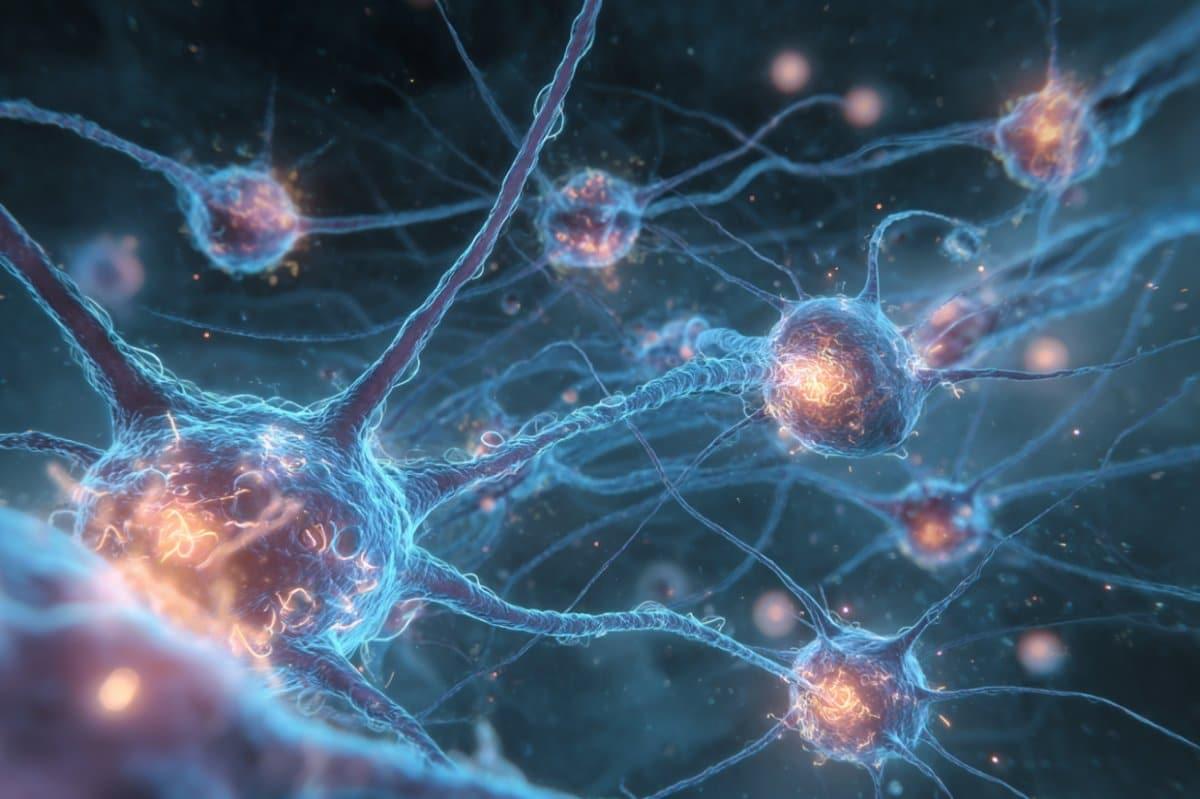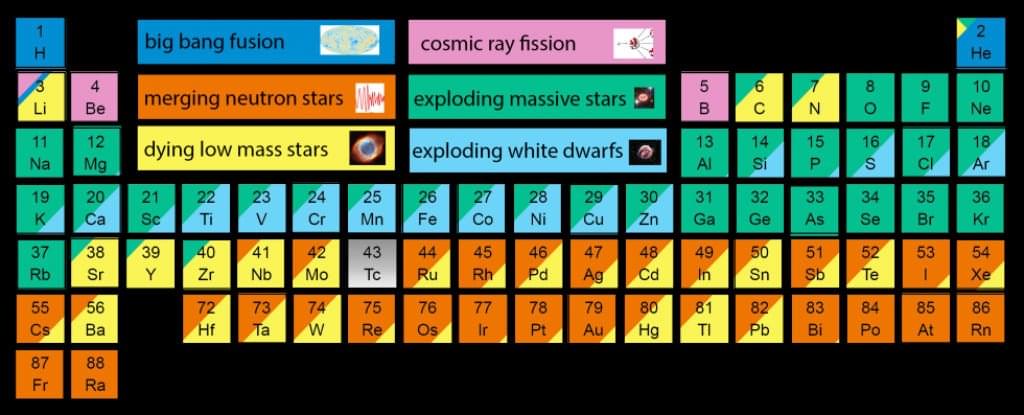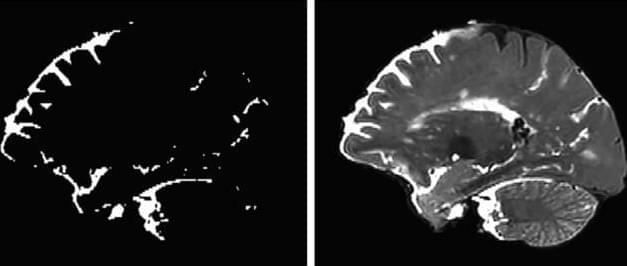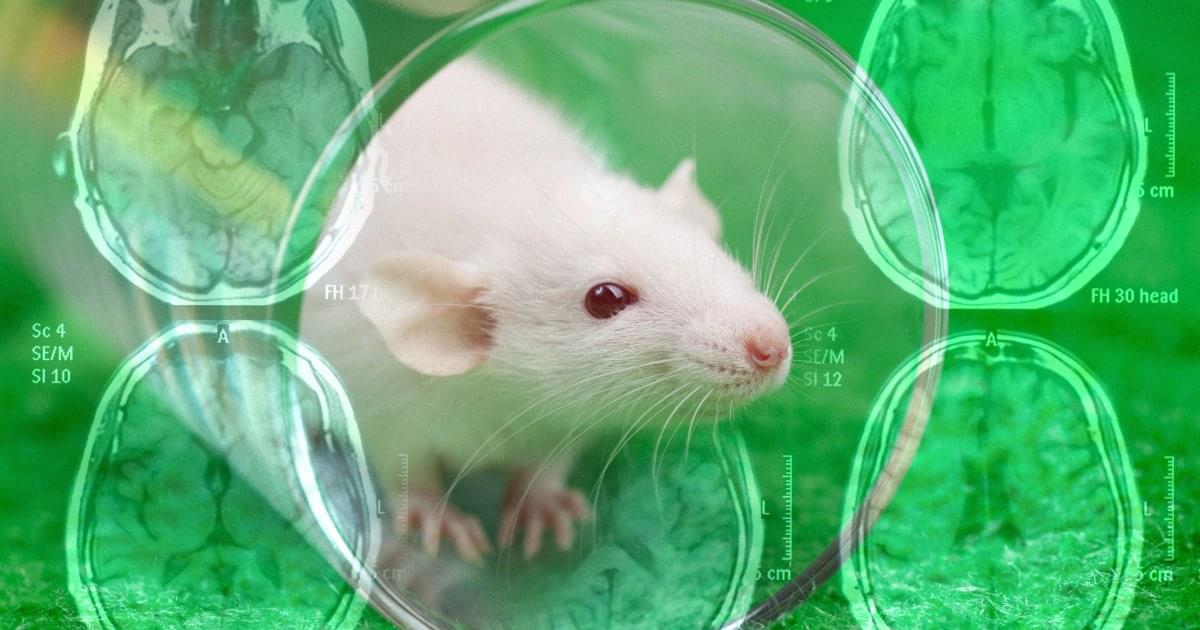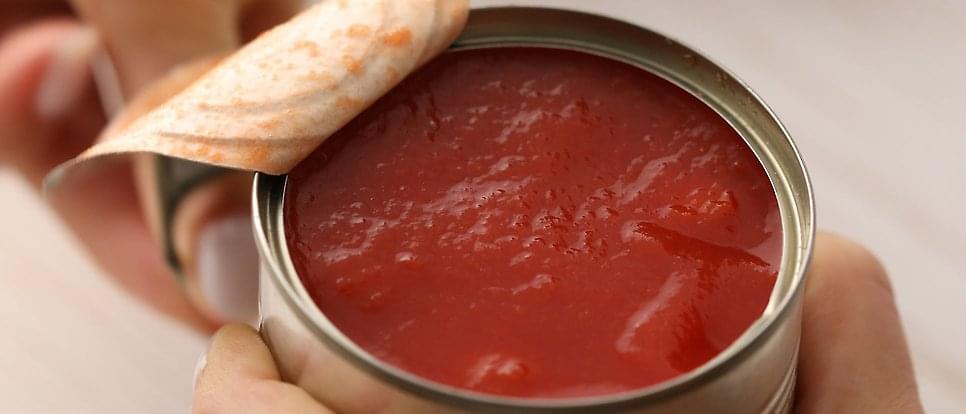Beyond direct injuries, exposure to tropical cyclones is associated with higher risks of death across a range of causes including kidney, heart and lung diseases, neuropsychiatric conditions, and diabetes, finds a study published in The BMJ’s climate issue.
Risks were substantially higher in deprived communities and areas that have previously experienced fewer tropical cyclones, suggesting an urgent need to integrate more evidence on tropical cyclone activity into disaster response plans, say the authors.
Tropical cyclones are one of the most devastating and costly extreme weather events, affecting an average of 20.4 million people a year with direct economic losses of US$51.5 billion over the past decade.

